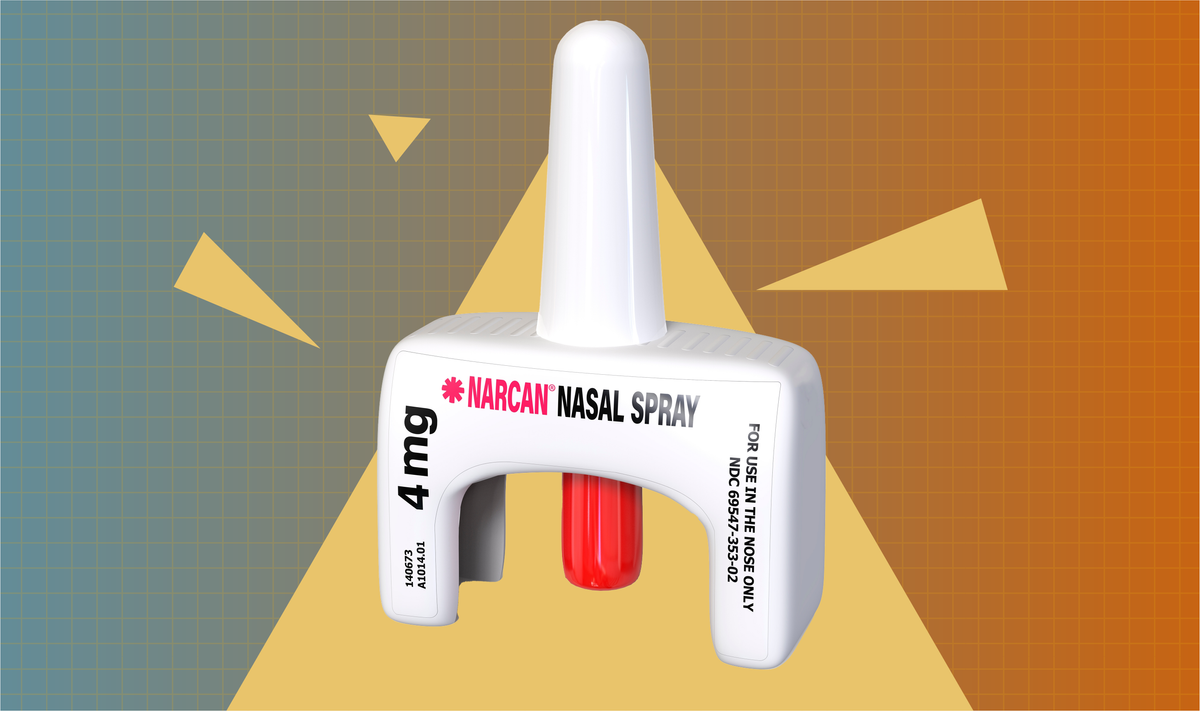Children’s fentanyl-related deaths generate outrage
Social media users also shared mixed views on naloxone and highlighted a decline in overdose deaths.

Social media users also shared mixed views on naloxone and highlighted a decline in overdose deaths.
Recent social media posts discussed two children who died after accidentally ingesting fentanyl, and many called for more robust efforts to prevent these deaths. Plus, a New York naloxone training and new CDC data on declining overdose deaths sparked debate about naloxone.
In light of these conversations, communicators may share tips for storing medication safely and talking to children about drugs and explain how naloxone prevents overdose deaths.

Insights brought to you by the reporters and science writers of Public Good News (PGN), a nonprofit newsroom dedicated to improving community health.
What’s trending nationally in conversations about substance use
Earlier this month, a Washington mother was arrested and charged with manslaughter after blood tests confirmed that her 5-year-old son died after ingesting fentanyl in March. In December 2024, a 10-year-old California boy also died after ingesting fentanyl. An adult in his household was charged with felony child endangerment, but the boy’s mother recently started a petition demanding that the adult who brought fentanyl into her home be charged with murder. Articles about the deaths were shared widely on Facebook, where they received thousands of views and hundreds of reactions and comments. Most commenters expressed heartbreak and called for harsher penalties for adults who expose children to fentanyl. Many also emphasized the importance of early drug education.
On May 16, an upstate New York news station aired a segment on a naloxone training at a state office building. The clip mentioned Erin’s Law, which requires all public buildings in New York to have naloxone available. The news station shared the video on Facebook, where it received approximately 15,600 views and 120 comments as of May 21. Some commenters supported Erin’s Law and naloxone access. Many others, however, expressed common stigmatizing attitudes toward people who use drugs and alleged that “our government would rather keep people dependent” on drugs by providing naloxone.
On May 14, the CDC released provisional data showing that U.S. overdose deaths decreased by nearly 27 percent between 2023 and 2024. Experts quoted in articles about the data attributed the decline in overdose deaths to the availability of naloxone. Across social media platforms, reactions were mixed. Some posts celebrated the news and expressed gratitude for naloxone and harm reduction programs, while others wondered if overdose deaths declined because many people who use drugs “have already died.”

Recommendations brought to you by the health communication experts behind Infodemiology.com.
Recommendations for public health professionals
Each week, the Infodemiology.com team will provide messaging recommendations in response to some of the trending narratives outlined above. These helpful tips can be used when creating content, updating web and FAQ pages, and developing strategy for messaging about opioids.
In response to discussions about children dying after ingesting fentanyl, communicators may explain that opioids—including both prescription medications and illicit drugs—should be locked away from children and teens. Unused or expired prescription or over-the-counter medications can be dropped off at a drug take-back location. Find local, authorized drug take-back locations using this search tool. If there are no drug take-back locations nearby and drug mail-back envelopes are unavailable, some medications, including some opioids, can be flushed down a toilet. Learn which medications can be flushed by reviewing the FDA’s flush list. Communicators may also share tips for caregivers who are talking to children and teens about medication safety and drug use.
False claims that naloxone “enables” drug use are persistent. In response, communicators may reiterate that naloxone—often sold under the brand name Narcan—does not increase drug use. Messaging may emphasize that naloxone can reverse an opioid overdose, and experts have consistently attributed declining overdose deaths to the availability of this lifesaving medication.
Additional messaging may outline the signs of an opioid overdose and explain that anyone can carry and administer naloxone. Bystanders who witness a possible overdose should dial 911, administer naloxone, check for breathing, perform CPR if trained in it or if instructed by a 911 operator, and stay with the person until first responders arrive. If overdose symptoms persist, give additional doses of naloxone every two to three minutes until the person begins to breathe normally or until help arrives. Communicators may also want to inform people about their state’s Good Samaritan laws, if applicable, which protect people overdosing and those helping them from certain legal penalties. Explaining where people can access naloxone nearby is recommended.
